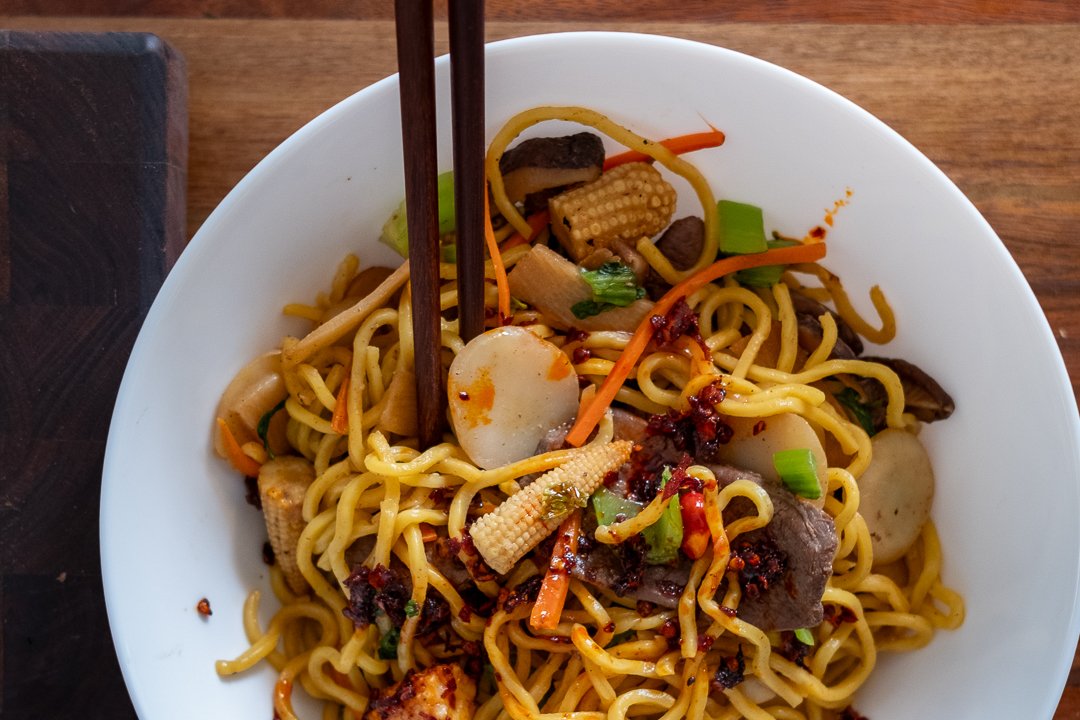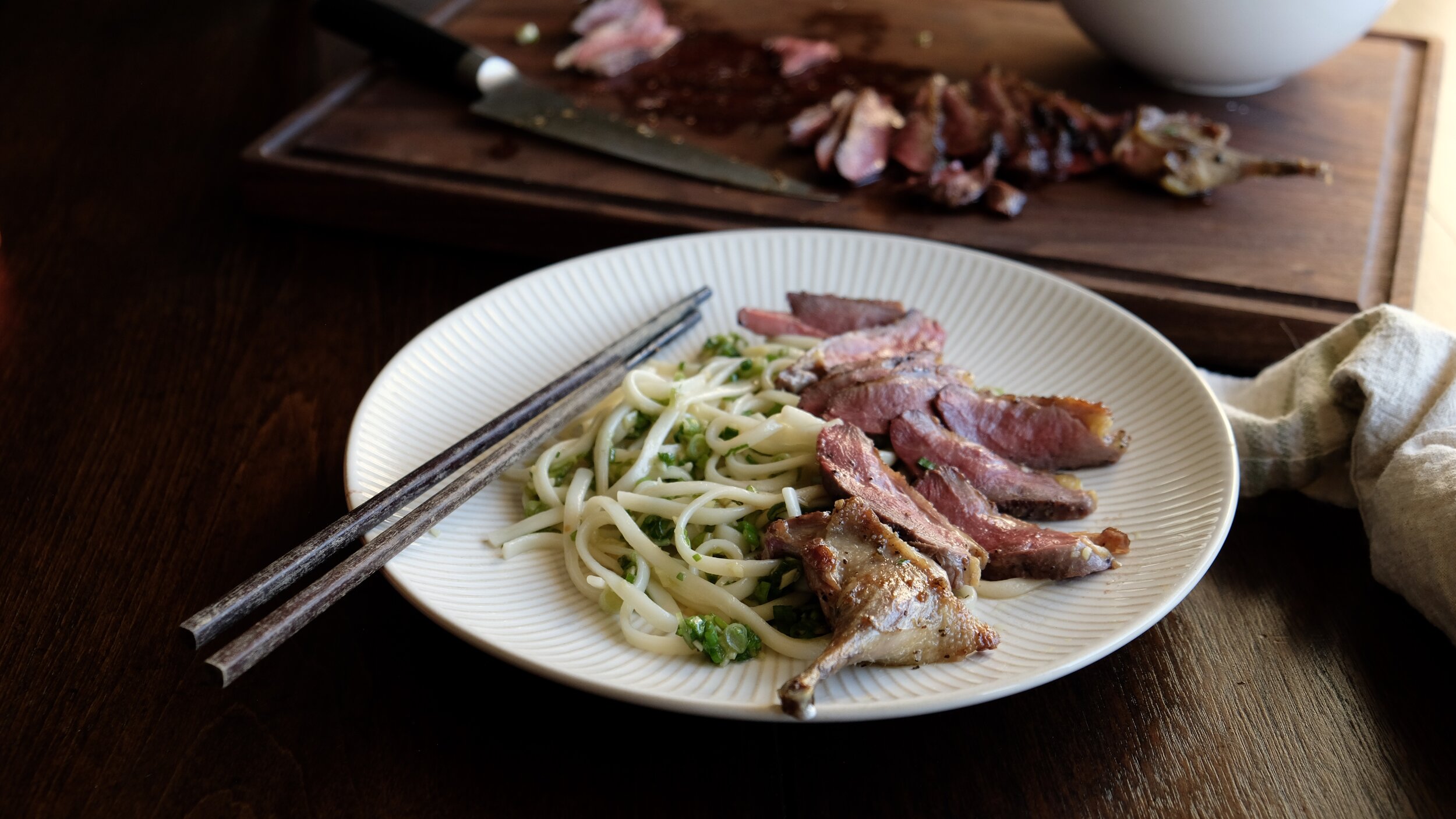How to: Eat a Merganser

Yeah, you can eat mergansers. We’ll save you the long-winded and cliche joke about eating a cedar plank. Truthfully, you can eat just about anything if prepared properly, though this sometimes means treating a specific ingredient differently than you would a similar one.
It’s a shame that these high speed birds, who will bomb the spread out of nowhere, low and fast and double back for a second or third pass, don’t taste like the wood ducks they are often mistaken for in low light. Instead, they are maligned as “flying fish” or trash birds, sometimes gunned at on a slow day just to get some rounds off. We made the mistake of shooting mergansers when we were new to duck hunting, (not having enough experience to ID them on the wing), and attempting to cook them as any other duck. The fishy smell wrecked my tiny apartment for days.
If you cook merganser like you would any other duck, it is pretty terrible. Both of us can stomach some strange and strongly flavored foods, but the first few mergansers we cooked were practically inedible. We could have stopped there, and written them off, but curiosity kills, and in this case, it kills the occasional merganser.
Most flavors are stored in the fat of animals, which is one of the reasons skim milk is made from lower quality milk- you take the fat out, you take the off flavors with it. Skinning and removing all the fat from mergansers and other strongly flavored birds will make them less pungent, but will not completely get rid of the taste. The intramuscular fat, which is actually integrated into the muscle, will still retain these off flavors. With some ducks, this will be minimal, but with mergansers, it's very prominent.
Because there’s nothing you can do to get rid of this intramuscular fat, the next best thing you can do is avoid oxidizing it. When you apply heat to an animal protein, the fats in or on that protein begin to break down & oxidize. That decomposition process releases and intensifies flavor. The key to eating a merganser is to not oxidise this intramuscular fat. This means not applying enough heat for the fats in the flesh to release the flavors. Raw, you can’t tell the difference between a merganser and a mallard. Merganser tartare or sashimi might be about the best way to eat a merganser, but it's a hard sell to the jalapeno-popper crowd.
Another, much more approachable way to avoid oxidizing those fats is to make jerky. Any jerky seasoning will do- marinade or dry rub and dehydrate at 145F or under. We’ve made a merganser jerky that is just as good as any other jerky, though we still get hesitation from taste testers in the blind that have had a less than pleasant experience eating merganser in the past.
We tested this recipe with the one unlucky merganser I shot this season. The hen hooded merganser jumped off the water and got right in line with a drake black duck as I was shooting, an accidental double. The jerky is delicious but the yield is so small, I'm not going to go out of my way to kill mergansers. But if I do, they’re going to get eaten like everything else we kill.
Merganser Jerky
Prep time: Overnight
Dehydrate: 6-8 hours
Ingredients:
Merganser breasts, sliced lengthwise, ~¼” thick
1.75 % salt
0.25% insta #1
0.5% garlic powder
0.5% onion powder
0.5% cayenne pepper
1.0% black pepper
10% water
Method:
Weigh the meat you are using, and use that weight to determine the amount of your other ingredients. Mix all ingredients, cover and refrigerate overnight.
Dehydrate at 145F for 6-8 hours (will depend on thickness)































